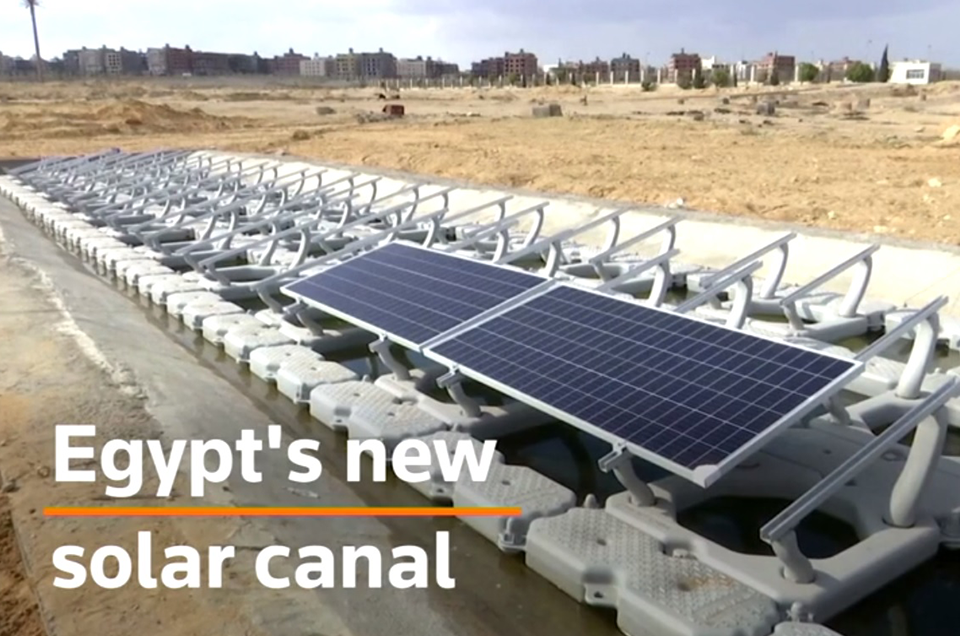
Nile University’s Contribution to Water Preservation
The implementation of the theoretical research conducted by Nile University's researchers is coming to life with their new project to conserve water and generate energy simultaneously. The project was originally a prototype made for the Sheikh Zayed canal in Toushka, consisting of plastic buoys covering the canal's surface to reduce the level of evaporated water and, ultimately, conserve water. This brilliant idea doesn't stop here but extends to generating energy through solar panels fitted above the buoys.
The leading researcher, Dr. Sherine El-Baradei, estimates that this model will save 4.5 million cubic meters of water annually due to covering half of the central Sheikh Zayed canal in Toshka. Also, solar panels generate between 500 to 1000 kilowatts of renewable energy annually.
The idea of the project, which took over eight months, stems from the fact that our country is facing water scarcity. This was proven by the amount of water each person is entitled to currently have, which is 570 cubic meters per year; this number falls below the 1000 cubic meters official amount required for each person annually. This water problem may have roots in the political status quo and some natural causes; the impact of the Ethiopian Renaissance Dam, for instance, is expected to decrease the amount of water per person to 500 cubic meters by 2025. In parallel, the natural effects of water evaporation due to temperature, air pressure, and the rate of airflow to the body's surface – global warming effects – are part of the causes that lead to the decrease of water.
Nile University researchers and engineers are working hard on making the project a realistic solution for many of our water sources. Hopefully, this project will be applied to the Nile River in the coming future, which can save between 2 to 3 billion cubic meters of the country's current share of 55 billion cubic meters annually.
